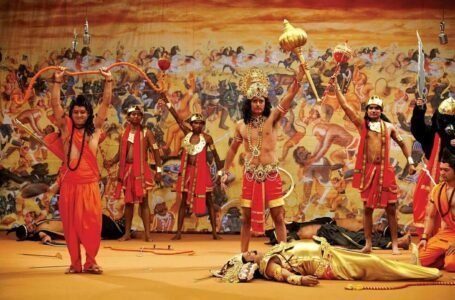Decoding Symbols of Hinduism: Suka or the Parrot
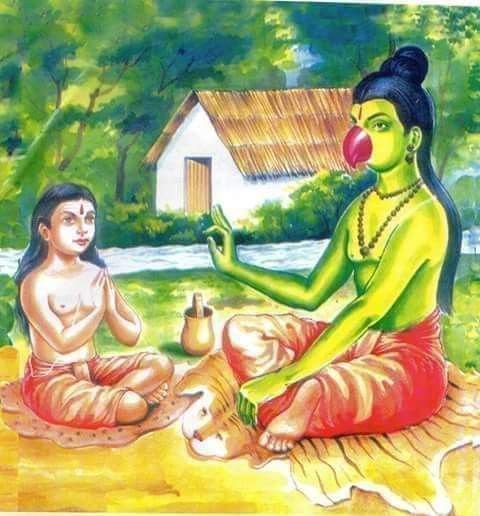
Suka, is a Sanskrit word for parrots. In Hinduism, Suka plays a pivotal role as one of the prominent and renowned symbols of Hinduism. The earliest mention of Suka or the parrot can be traced back to the ancient scripture of the Rigveda somewhere around 1500-1200 BCE. However, the word or rather the name Suka is of importance in other sacred Hindu scriptures of the Bhagvata Purana and the Mahabharata. In these texts, Suka is the son of the most revered sage Vyasa who is said to have been the compiler of the Mahabharata.
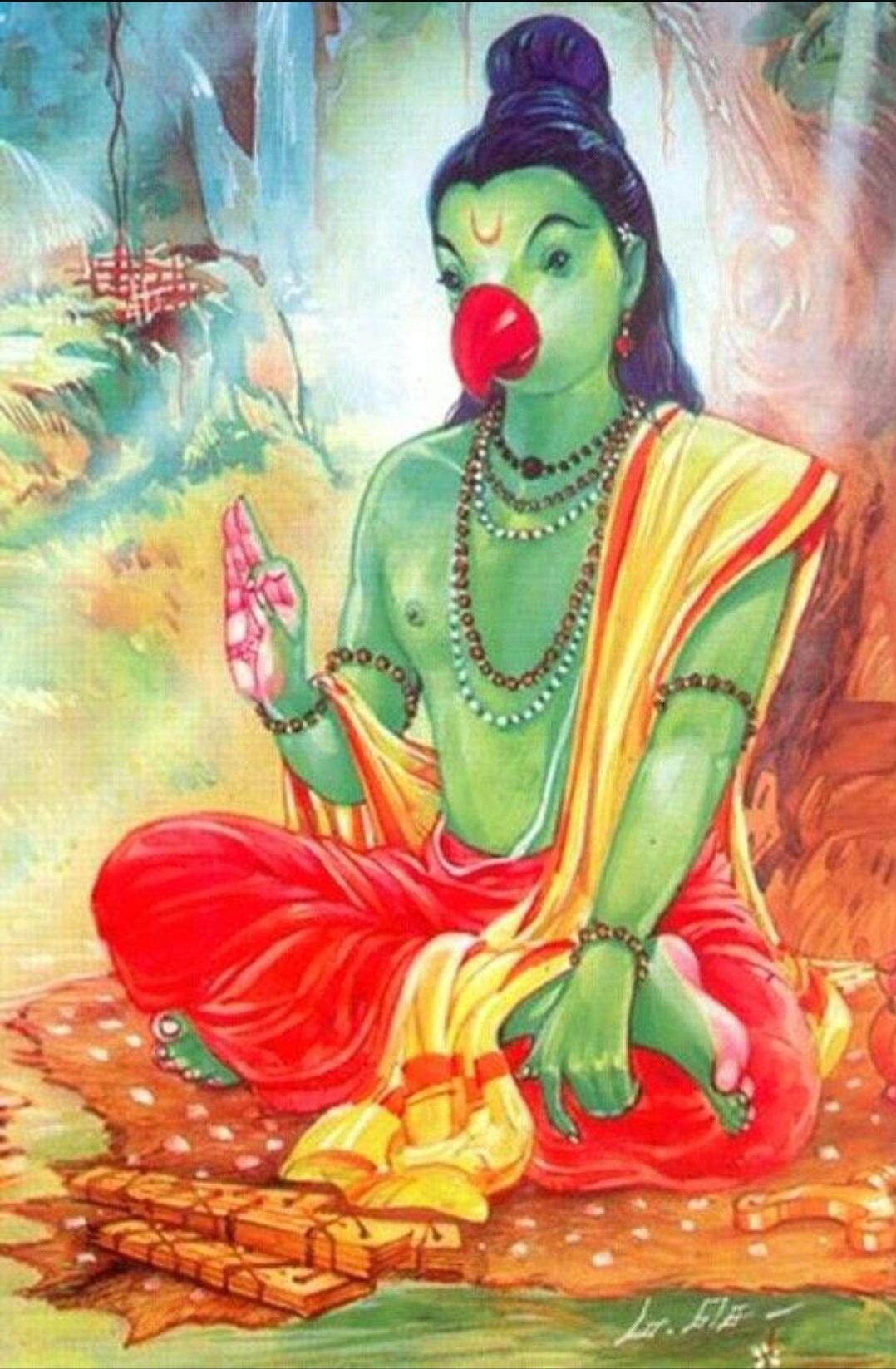
In Bhagvata Purana, Suka is a great sage and spiritual preceptor. He is depicted as a wandering ascetic, roaming the forests and imparting divine knowledge to seekers of truth. His teachings draw a connection between the mysteries of the cosmos, the nature of the soul, and the path to spiritual enlightenment. One of the most important sections of the Bhagvata Purana of Suka’s narration is where he imparts sacred teachings of Lord Krishna to King Parikshit. Through this conversation, Suka reveals the essence of Bhakti and the eternal principles of dharma, inspiring the devotees of the religion to cultivate love and devotion for the divine.
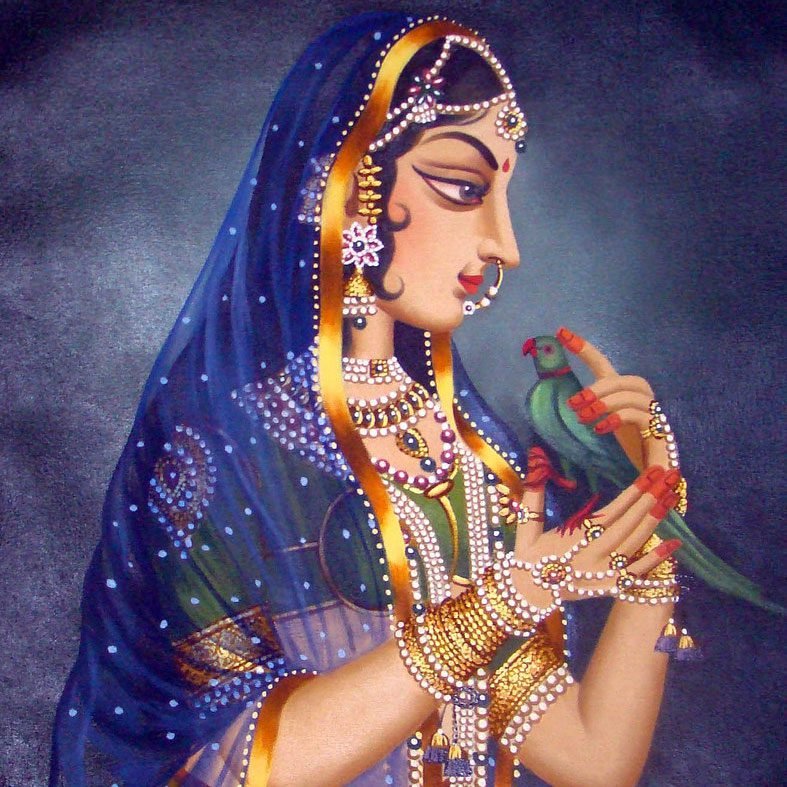
In Mahabharata, Suka is portrayed as the son of the sage Vyasa. Suka’s birth is said to be unique and mystical, as he emerged from an egg after his mother, Vatika who was an Apsara and had taken the form of a beautiful parrot. From his birth, Suka was able to repeat and recite the Mahabharata word to word, just like a parrot and was thus given the name of Suka which literally means parrot in Sanskrit. Suka’s ability to mimic human speech is symbolic of the idea that wisdom can be found in unexpected places. Suka’s role in the Mahabharata revolves around his interactions with various characters where he serves as a spiritual guide and advisor, giving profound teachings on dharma, karma and the nature of reality. Throughout both the Mahabharata and the Bhagvata Purana, Suka serves as a bridge between the mundane world and the transcendental realm.
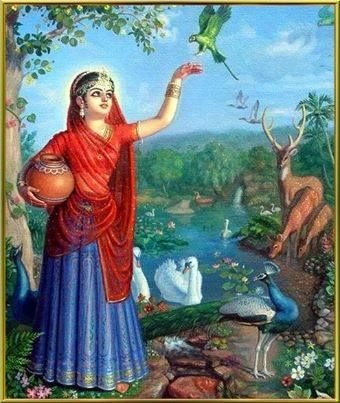
In Hindu mythology, Suka the parrot is connected with the goddess Saraswati, the goddess of learning, wisdom, and the arts. Saraswati is celebrated as the embodiment of knowledge and creativity, and her association with the Suka represents the relationship between speech, wisdom and divine inspiration. Suka is also depicted as the vehicle or mount of the goddess, symbolizing the transmission of sacred knowledge from the divine realm to humanity. A parrot or the Suka is able to mimic human speech, and according to Hindu belief, this ability of a parrot’s to mimic human speech is a divine gift from the goddess Sarawati as her blessing.

Together the Suka and the goddess’s relationship with each other emphasizes the importance of education and scholarship in Hindu culture. Suka as the vehicle of the goddess possesses the qualities of intelligence, eloquence, and creativity, inspiring the seekers to pursue knowledge and excellence in life and their desired fields of expertise. In Hindu traditions, Suka is venerated alongside Saraswati during festivals and rituals dedicated to the goddess. Offerings of fruits, flowers, and grains are made to both the parrot and the goddess as a gesture of devotion and gratitude for their blessings of wisdom and enlightenment.

Suka the parrot also finds itself being linked to the Hindu god of love Kama. In Hindu mythology, Kama is also known as Kamadeva, is a god of love, attraction and desire. He is often depicted as a youthful and handsome deity wielding a bow and arrow, which he uses to inspire true love and passion in the hearts of gods and humans. While Suka is not generally known as a symbol of romantic love, its association with the love god comes in various roles and forms. In Hindu iconography, Kamadeva is often depicted mounting the Suka while shooting his arrow.

The Suka’s role as the vehicle of Kamadeva acts as a symbol of love. Both the love god and Suka also act as messengers carrying messages between gods, sages and the humans. Thus, Suka’s association with Kamadeva represents the ideas that love and desire are not separate from the spiritual journey but are an integral aspects of human experience. This spiritual journey hints at the significant concept of Bhakti in Hinduism. While Kamadeva inspires romantic love between individuals, Suka the parrot embodies the devotion and reverence that believers feel toward the divine.
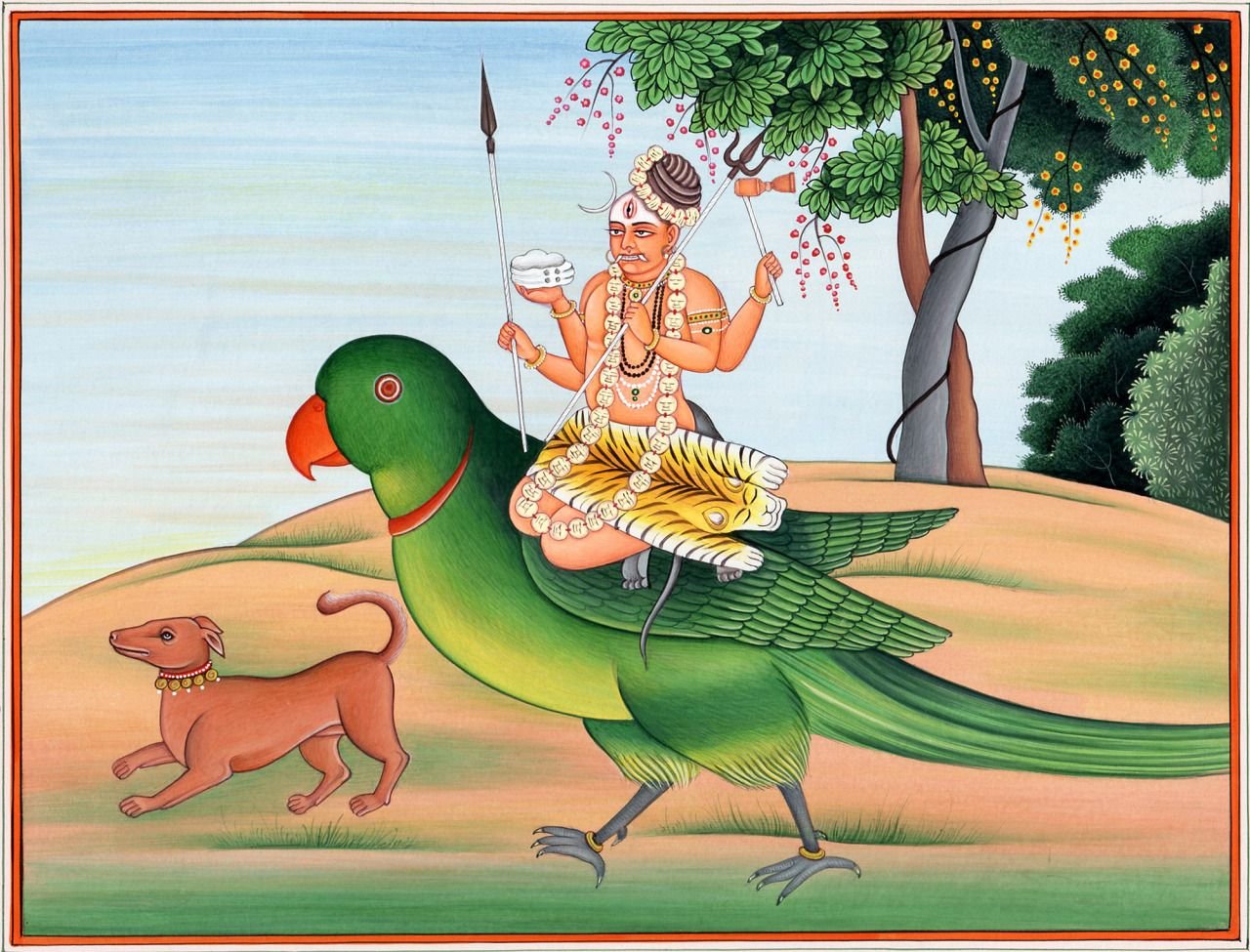
In Hindu art and iconography, Suka the parrot finds considerable portrayals as a companion of the deities, in temple architecture, paintings and murals, in rituals and festivals; and literature and poetry. Suka is often depicted as the divine vehicle or companion of the deities like Kamadeva and Saraswati. In some depictions Suka the parrot is also shown perched near Saraswati and in the hand of love goddess Rati, the wife of Kamadeva. Similarly, images of the Suka can be found in temple architecture, particularly in shrines dedicated to Saraswati. These depictions often include intricate carvings or sculptures of Suka alongside Saraswati, emphasizing their close relationship with each other.
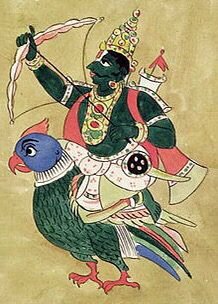
Suka is said to be a common motif in Hindu paintings and murals, where he is often painted in vibrant colours and fine intricate details. These artworks mostly show Suka as conveying messages between sages and celestial beings. Suka the parrot also finds itself being included in various Hindu rituals and festivals, in particular to the rituals and festivals associated with Saraswati. Suka the parrot also serves as an important symbol in the sacred ceremonies of Hindu marriages and rituals. In some states and cultures across India, the parrot is painted on the feet of the bride, as the parrot linked to Kamadeva is associated with signs of fertility. The parrots are hanged as a decoration around the mandap as Suka’s presence is considered to be auspicious, and act as a symbol of blessings and good fortune for the couple.
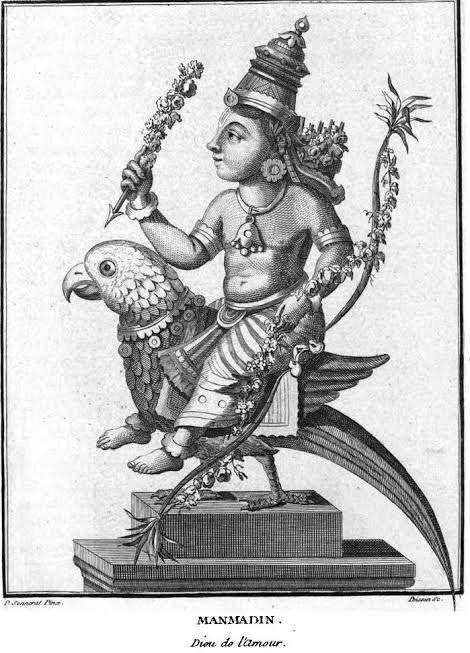
The parrot’s symbolism can also be seen in Hindu literature and poetry, where the Suka is mentioned in the hymns of the Rigveda, stories of Mahabharata, Bhagvata Purana and Sanskrit fictional works like Kathasaritsagar. The Tutinama, was a Persian adaptation of the Sanskrit work ‘Seventy Tales of the Parrot’ is a collection of Indian fairy tales and fables dating back to the 14th century. Suka’s presence in the fable represents the cultural significance of the parrot as a symbol of wisdom and storytelling in Indian folklore and tradition.
Suka the parrot in its various forms, as a son of the most renowned sage Vyasa, as a renowned sage and narrator of the Mahabharata himself; as a parrot that carries and conveys messages between the two realms, a companion of the goddess Saraswati and her divine knowledge, and the vehicle of love god Kama, Suka the parrot is celebrated culturally for its possession of great wisdom, knowledge, fertility and the reminder of the union between the mortals and celestial beings by pure love and devotion for the gods through bhakti. The parrot thus, serves not only as an important symbol of Hinduism, but also culturally across India.


